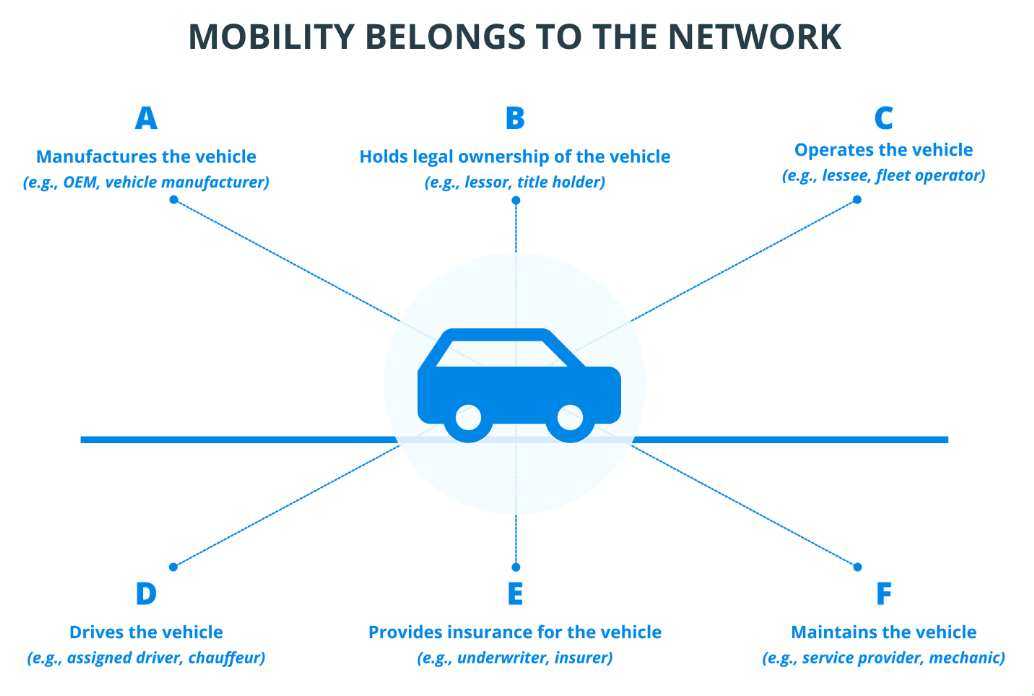Avalanche and Toyota Explore Mobility Orchestration Network (MON) That Could Enable Tokenized Transport and Onchain Robotaxi Services
Contents
Tokenizing mobility via the Mobility Orchestration Network (MON) is a blockchain model that enables onchain financing, secure data sharing, ownership transfers and carbon-credit tracking for autonomous robotaxi fleets. Built on Avalanche multichain and Interchain Messaging, MON aims to support payments, leasing, insurance and secondary markets.
-
Onchain financing and ownership transfers for robotaxi fleets.
-
MON leverages Avalanche multichain and Interchain Messaging (ICM) to enable secure vehicle data sharing.
-
Proof-of-concept targets payments, leasing, insurance and carbon credit tracking for mobility services.
Tokenizing mobility: Avalanche and Toyota’s MON enables onchain robotaxi financing, ownership transfers and carbon tracking — read how this unlocks mobility markets.
What is the Mobility Orchestration Network (MON)?
Mobility Orchestration Network (MON) is a proposed blockchain layer designed to orchestrate trust and enable tokenizing mobility across vehicle financing, ride sharing, insurance and carbon-credit workflows. The MON proof-of-concept uses Avalanche’s multichain architecture and Interchain Messaging to secure data sharing and streamline onchain ownership transfers for secondary markets.
How will MON enable tokenizing mobility and robotaxi business models?
MON aims to create standardized, auditable ledgers for vehicle records, payments and asset-backed tokens. By combining secure messaging and onchain registries, MON can support:
- Onchain fundraising via security tokens for fleet deployment.
- Automated leasing and payment flows tied to vehicle usage.
- Transparent carbon-credit tracking for mobility services.
Roi Hirata, head of Japan at Ava Labs, described the potential to “start your own robotaxi services by raising funds onchain, with some kind of security token system.” That capability could let investors track assets and returns directly on a blockchain ledger.

Why are manufacturers and regulators critical for robotaxi rollout?
Manufacturers and regulators must accept blockchain-based records as official proof for ownership, safety and compliance. Without coordination on data formats and official recordkeeping, onchain ownership transfers and provenance tracking cannot replace current legal frameworks.
Ava Labs’ Hirata highlighted that “there’s always an official record in different countries, different formats. So having that and the manufacturer working together on a blockchain is the most key task that we have to tackle.”
When can tokenized robotaxi services become viable?
Widespread deployment depends on regulatory alignment, vehicle manufacturer participation and robust decentralized applications. Early pilots and proof-of-concept integrations, such as MON, could appear within a few years, but mass adoption requires harmonized legal frameworks and operational standards across jurisdictions.
Frequently Asked Questions
How can investors fund robotaxi fleets onchain?
Investors can raise capital via security tokens or tokenized asset offerings recorded onchain. Smart contracts distribute revenue and enforce investor rights, enabling transparent tracking of fleet performance and returns.
Can blockchain handle vehicle identity and compliance records?
Yes, blockchain can store hashed proofs of official records and standardized metadata, but legal acceptance by manufacturers and regulators is required to make onchain records definitive for compliance and title transfers.
Key Takeaways
- MON enables tokenizing mobility: It targets financing, ownership transfers and carbon-credit tracking for robotaxi services.
- Technical stack: Built on Avalanche multichain and Interchain Messaging to secure cross-chain data flows.
- Adoption hurdles: Regulatory alignment and manufacturer cooperation are the primary barriers to large-scale deployment.
Conclusion
MON represents a pragmatic step toward tokenizing mobility by combining Avalanche’s multichain infrastructure with secure messaging to support onchain financing, ownership transfers and environmental accounting for autonomous fleets. Continued collaboration between regulators, manufacturers and blockchain developers will determine how quickly robotaxi business models move from proof-of-concept to real-world scale. For ongoing coverage and analysis, follow COINOTAG updates and technical briefings from Toyota Blockchain Lab, Ava Labs, Grove, Janus Henderson and industry reports.
Comments
Yorumlar
Other Articles
Bitcoin Price Analysis: Will the Uptrend Continue?
1/11/2026
Ethereum 2.0 Update: How Will It Affect the Crypto Market?
1/10/2026
The Coming of Altcoin Season: Which Coins Will Stand Out?
1/9/2026
DeFi Protocols and Yield Farming Strategies
1/8/2026

